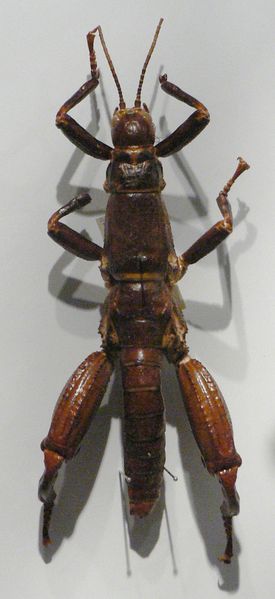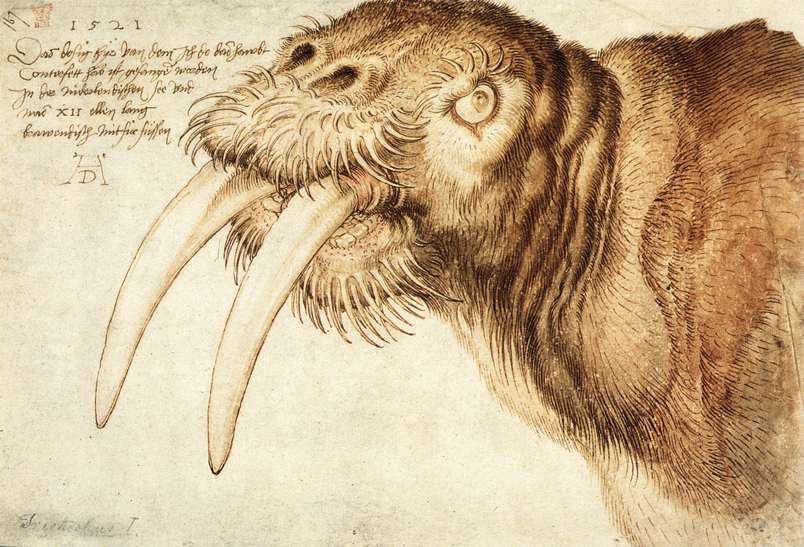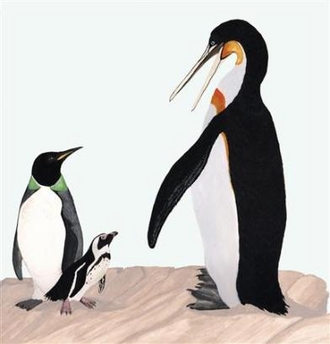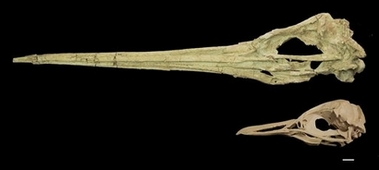It looks like after the Chernobyl disaster, local birds that didn’t use antioxidants to make pigments fared better than birds who were brighter colored.
Dull birds fared better after Chernobyl: study
By Michael Kahn
LONDON (Reuters) – Birds with bright feathers suffered worse from contamination after the Chernobyl nuclear disaster, a study into the impact of radiation on different species showed on Wednesday.
Four groups of birds in the forests around Chernobyl — the site of the world’s worst nuclear disaster in 1986 — declined more than others, researchers examining 1,570 birds from 57 different species at varying distances found.
Birds with red, yellow and orange feathers, birds that laid the biggest eggs and those that migrated the farthest were hardest-hit, possibly because they use up more of a natural chemical that forms a remedy against radiation.
“These are the species that seem to be missing or depressed in numbers,” said Timothy Mousseau, an ecologist at the University of South Carolina.
The results bolster an earlier study of barn swallows in Ukraine indicating that impact from radiation varies among species, said Mousseau, who worked with Anders Moller of the Universite Pierre et Marie Curie.
Survival seems to stem from antioxidants — natural chemicals usually obtained through diet that help fight the negative effects of oxygen free radicals generated by DNA-damaging radiation, Mousseau said.
Activities like producing pigments for feathers, migrating long distances and laying large eggs all use up crucial antioxidants and put these groups of birds at greater risk from radiation following the 1986 disaster, he said.
The study, which the team said was the first linking the effects of radiation on population size of different species to antioxidant defense, also shows that reports of species rebounding in the area may be off the mark.
The results could help scientists better understand the implications for animals elsewhere, particularly in mountain regions that tend to have higher levels of natural radiation.
“There are no studies of the biological consequences of such variation in natural levels of radioactivity, but we suggest that some of the consequences can be predicted from the present study,” the researchers said in the study in the British Ecological Society’s Journal of Applied Ecology.








